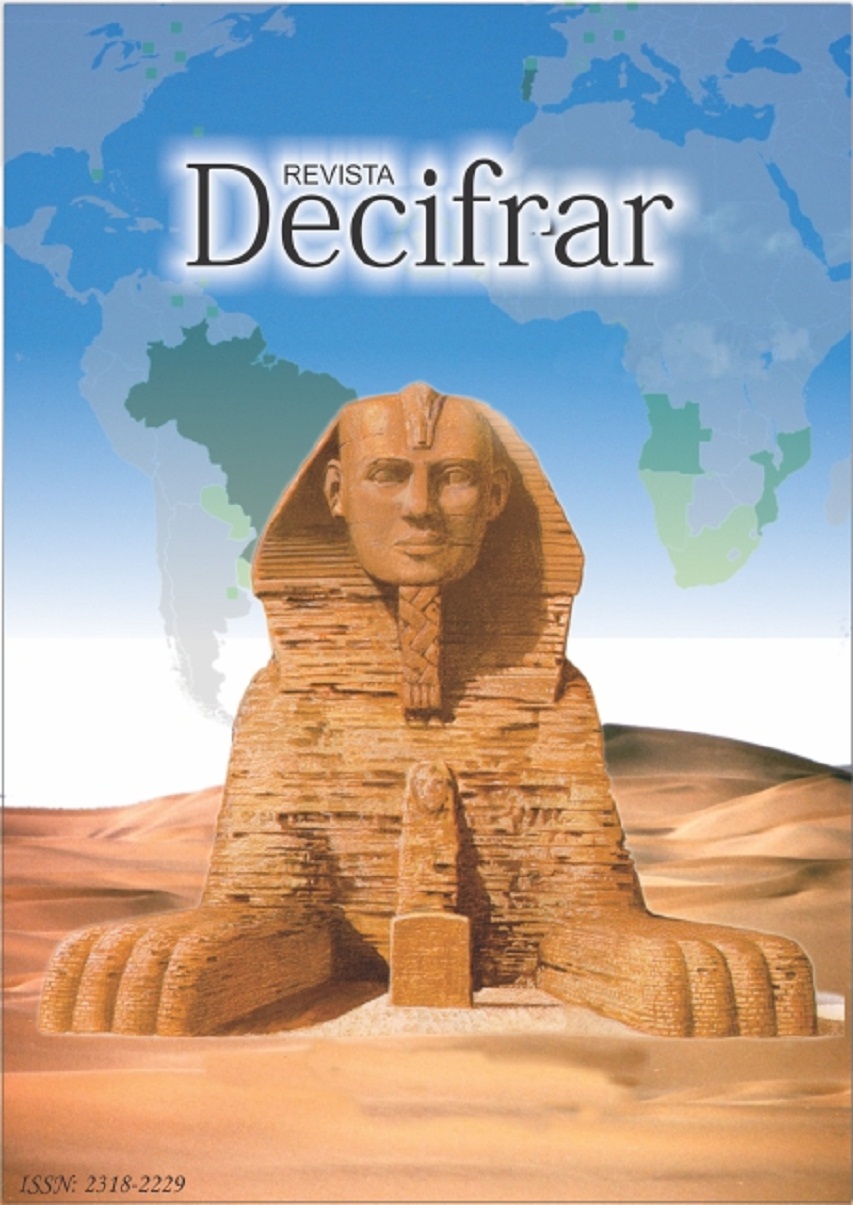A DEMONOLOGIZAÇÃO DO NEGRO EM DEL AMOR Y OTROS DEMONIOS
DOI:
https://doi.org/10.29281/rd.v6i11.4284Resumo
Neste artigo aborda-se, no romance Del amor y otros demonios, de Gabriel García Márquez, publicado em 1994, a demonologização pela Igreja Católica do escravo negro e de brancos transgressores do discurso religioso como forma de dominação colonialista. Segundo se registra no prólogo do romance, em 26 de outubro de 1949, o autor/narrador, jornalista em busca de notícias, foi assistir a demolição das criptas do Convento de Santa Clara. A destruição do Convento para a construção de um hotel de luxo, não é, entretanto, o que chama a atenção do jornalista, mas a ossatura de uma menina de aproximadamente doze anos, com uma enorme cabeleira cor de cobre agarrada ao crânio, medindo 22 metros e 11 centímetros, encontrada nos escombros do Convento. Em sua lápide, havia apenas um nome sem sobrenomes: Sierva María de Todos los Ángeles. No romance, a personagem é acusada pela Igreja de ser vítima de possessão demoníaca. Essa acusação se deve não só ao comportamento agressivo da personagem, após ter sido atacada e mordida por um cão raivoso, mas também aos costumes de Sierva María, identificados com a cultura negra, uma vez que a menina branca era criada na senzala dos escravos de seus pais.
Downloads
Downloads
Publicado
Como Citar
Edição
Seção
Licença
Todos os artigos desta revista obedecem a licença Creative Commons - Attribution 4.0 International (CC BY 4.0).

























